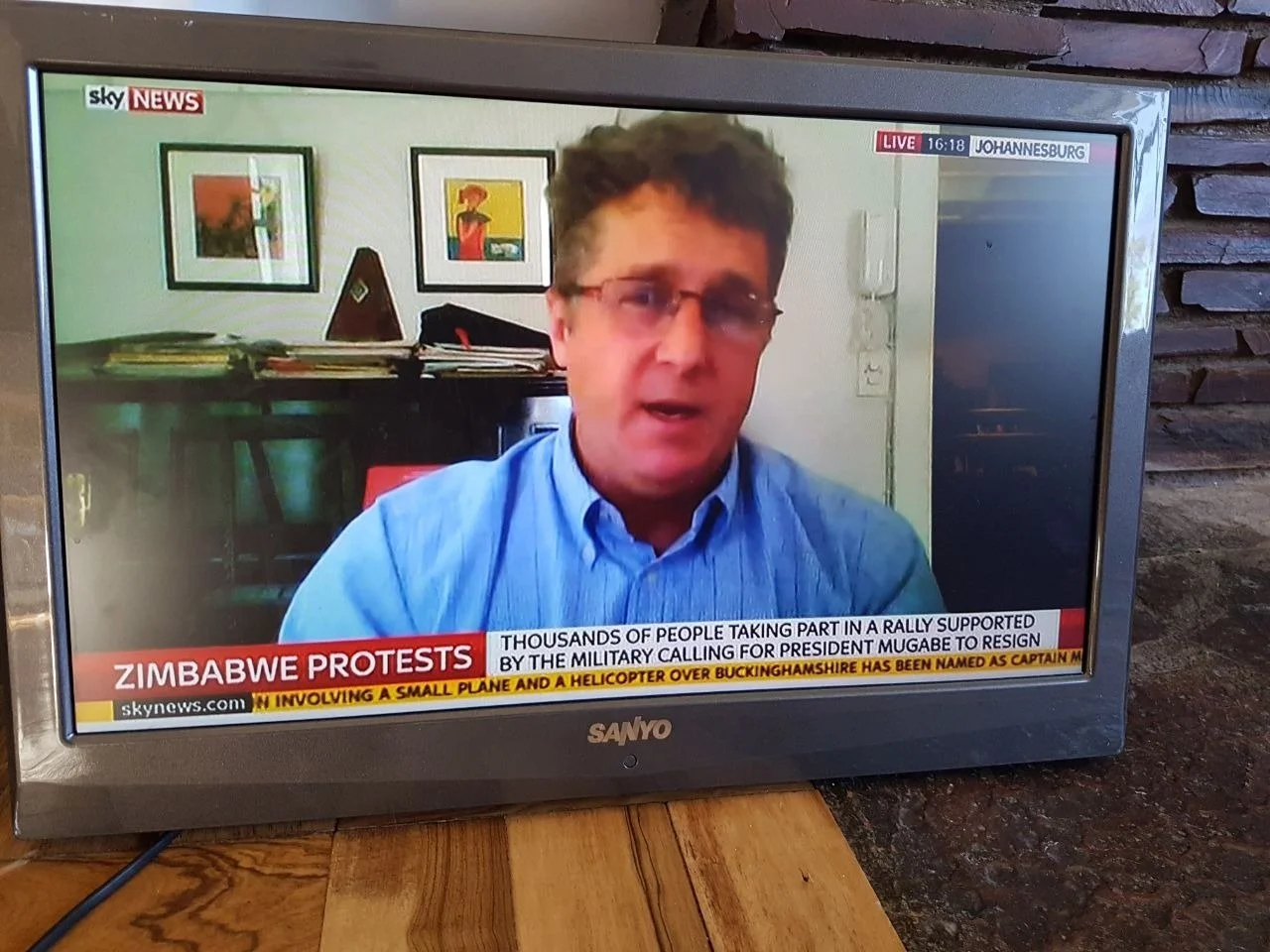
Strategic Communications & Crisis Management
A strategic communication framework is essential if messages are to navigate the complex legacy and social media environment and make an impact on the desired audience.
This begins with the construction of a strong overarching narrative that provides the context for messaging and is in return, reinforced by messaging.
Responsive crisis management public statements are necessary but are ineffective and contradictory unless they are stitched into a dominant narrative that is well-understood throughout the organisation.
Developing, understanding and communicating such a narrative strongly improves how to respond to public crises and informs leaders of how to approach difficult issues in the public domain.
GMA’s communications skills extending not only to crafting and transmitting a narrative, but in building sufficient consensus through influence to create public traction.
The methods to do so involve writing and publishing, the hosting of private and public events, and the creation and publication of various other forms of media.
The team has been responsible for hosting more than 200 international conferences, in venues from Central and South America to Singapore, across Africa, and in Europe and the United States. These include more than 20 Tswalu Dialogues and around 15 Como Dialogues involving a range of international partners, including the Konrad Adenauer Stiftung and the US National Intelligence Council.
Such events were held for several reasons: to gather insight into a particular theme or to workshop findings which were then iterated and improved for publication. We are also capable of hosting multi-event programmes.
Between then, the team has produced around 75 books, including several which have been ghost-written for prominent personalities. The titles have generally been strategic in focus (looking for long-wave changes) as opposed to topically trying to create an input into a contemporary debate but also to separate out the product from the usual more flimsy advice peddlers.
The team is adept at using song, poetry and art to create a narrative, having written and published more than a dozen songs, examples of which are below, involving international stars.
We have published also in several languages, especially including Portuguese and French, but also in Arabic in the case of Making Africa Work. One or our latest books, The Art of War and Peace, is published in four languages.
The team is also responsible for publishing more than 2000 op-eds and articles in journals such as Time, Foreign Policy, Foreign Affairs, The New York Times, Washington Post, International Herald Tribune, Guardian, Singapore Straits Times, Australian, Sydney Morning Herald, El Pais, and many others across Africa and elsewhere.
In recognising the role of other media, we have gathered considerable expertise in producing multi-media inputs, both again as a product of research and advocacy processes, but also as a way of reaching new audiences as the digital wheel turned. These were mostly filmed and assembled ‘on the road’ to provide cheap and timely inputs into a particular process.
Crisis management roles undertaken by the team include the management of the blood diamonds narrative around the eponymous film in 2006, and the prevention of the palace coup in Malawi in 2012 which secured the constitutional process was upheld.
As President Joyce Banda wrote after this engagement:
‘May I first congratulate you on the initiative you took with the Tswalu Dialogue, which has had such positive influence on my country over the past four weeks. Without the Dialogue and the relationships created in that marvellous Kalahari setting, I doubt that events in my country would have transpired so positively following the death of the former President. Indeed, the Dialogue directly played a central role in preventing the slide of Malawi into a failed state – and you personally have helped to prevent such a tragic and costly outcome.’
President Joyce Banda, 2 May 2012







